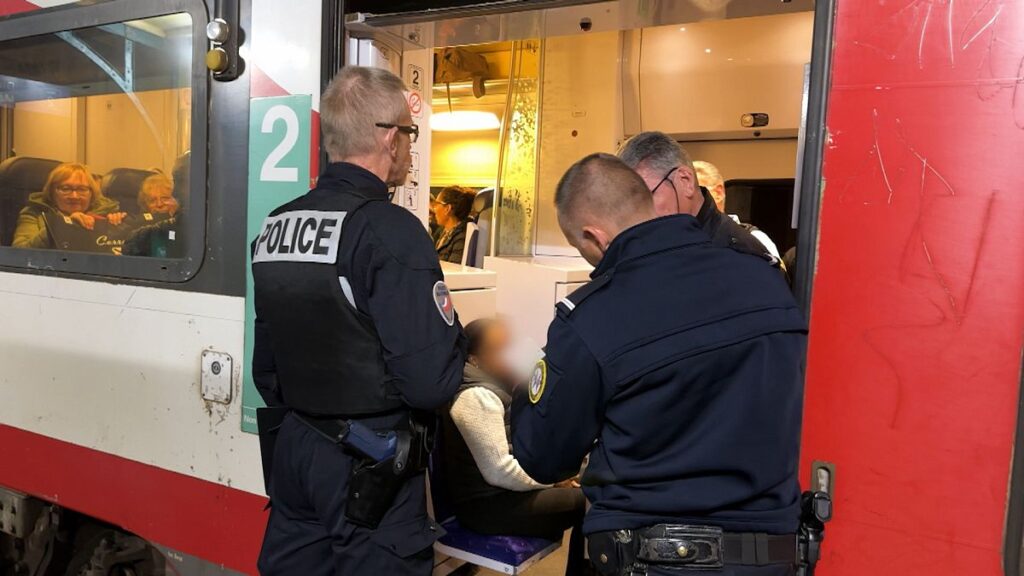What is the situation at Italy’s western crossing point to northern Europe as an increase in migration flows puts the EU’s external borders under pressure? In Ventimiglia, our reporter Monica Pinna reports on an exacerbated crisis on this historic migratory route.
The Italian town of Ventimiglia, located about 8 km from the French border, has been the scene of an ongoing migration crisis for eight years. In 2015, France reintroduced internal border controls, turning Ventimiglia into a bottleneck for migrants trying to reach northern European countries.
New controls for “fight against terrorism”
According to Schengen rules, this measure must be “exceptional” and strictly “limited in time”. The French government said it was put in place in response to the “terrorist threat”.
The Court of Justice of the European Union ruled in September that the pushbacks were illegal. They are breaking EU rules on returning migrants, she says, because the person concerned should “have a certain period of time to voluntarily leave the territory..
A point of no return?
Once a week, Filippo, a retired craftsman, brings families turned away by the French police to Ventimiglia station in his personal car.
“The last fifteen kilometers are psychological and moral violence, especially on the part of Europe, against people who can no longer go back”, he said. Filippo’s passengers will try again to reach France to find a job, join their family or go to another country further to the north. Filippo explains to them how to continue their journey by taking alternative routes.
“A continuous and silent massacre”
Around 40,000 migrants have been returned to Italy this year. Associations claim that sooner or later, 90% of migrants manage to leave and that the strengthening of controls only makes crossing the border even more dangerous. Since 2015, around fifty migrants have lost their lives trying to enter France from Italy.
“A continuous and silent massacre which obviously does not have the proportions of that underway in the Mediterranean, but which unfortunately also occurs here, in the heart of Europe, a stone’s throw from one of the richest regions of ‘Europe and Monte Carlo,’ points out Jacopo Colomba, legal advisor to the NGO WeWorld.
Ten other European countries recently followed France’s lead by reintroducing border controls. The increase in migratory flows at the gates of the EU has been accompanied by the victory of far-right parties across Europe. It also favored the implementation of stricter migration policies. This is the case in France, with the recent adoption of a tougher version of the immigration bill.
Towards a reform of EU migration policy
At the European level, a decisive agreement was reached on December 20, with a view to reforming the Union’s migration policy. The most important regulations of the future pact on migration and asylum, which has yet to be officially ratified, were adopted by representatives of the states and the European Parliament after three years of fierce debate.
While the Commission welcomes this progress, this pact, according to Amnesty International, will set back European asylum law for decades to come and its likely result will be an increase in suffering at every stage of a person’s journey seeking asylum. asylum in the EU.
Journalist • Monica Pinna

